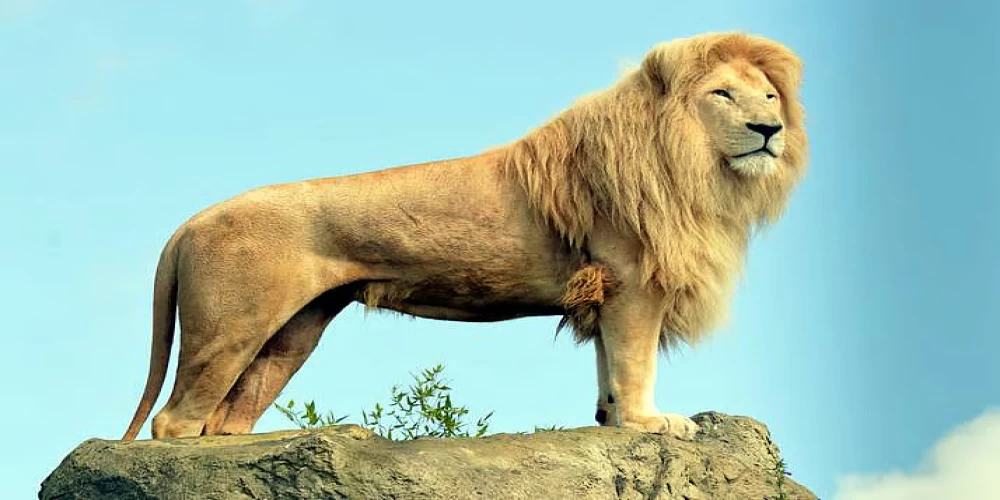
Gandhinagar: The population of Asiatic lions in Gujarat has risen sharply to 891, marking a 32.2 percent increase over five years, according to the results of the 16th Lion Census released by Chief Minister Bhupendra Patel in Gandhinagar. The count, held from May 10 to 13, 2025, was carried out across 35,000 square kilometres in 11 districts of the Saurashtra region.
This was the first full-scale lion population estimation exercise since 2015, with the 2020 figures based on observational data due to the Covid-19 pandemic. The latest census revealed a rise of 217 lions from the previous count of 674.
Carried out by the Gujarat Forest Department, the operation involved 3,254 personnel and covered 58 talukas. It followed the long-standing Direct Beat Verification method, which divides the area into regions, zones, and sub-zones with field officials and volunteers posted for tracking and documentation. Wildlife experts and members of national and state wildlife boards also joined the effort.
Of the 891 lions recorded, 196 are adult males, 330 are adult females, 140 are sub-adults, and 225 are cubs. Amreli district reported the highest lion population, including 82 adult males, 117 adult females, 22 sub-adult males, 35 sub-adult females, 4 unidentified sub-adults, and 79 cubs.
The lion population was spread across 358 locations in seven districts of Saurashtra. While 55.78 percent of lions were recorded in forested areas, 27.61 percent were found in wastelands, 9.88 percent in agricultural zones, 5.16 percent in riverine areas, 1.23 percent in built-up spaces, and 0.34 percent near human habitations.
Significantly, satellite populations have grown, with new groups emerging in Barda Wildlife Sanctuary, Jetpur and its adjoining areas, and Babra-Jasdan. In total, 497 lions are now part of nine recognised satellite populations. For the first time, the census also recorded 22 lions in a corridor area, further confirming the species’ expanding range.
The lion distribution has grown steadily over the decades. In 1990, the species occupied 6,600 sq km, which expanded to 10,000 sq km by 1995. It further increased to 12,000 sq km in 2001, then 13,000 sq km by 2005. A significant jump occurred between 2005 and 2010 when the area grew to 20,000 sq km. By 2020, it had reached 30,000 sq km and now stands at 35,000 sq km in 2025 - a 16.67 percent increase over five years.
The 16th census results were formally announced during the seventh meeting of the National Board for Wildlife, chaired by Prime Minister Narendra Modi at Sasan-Gir on March 3, 2025.
In a post on X responding to the announcement, the Prime Minister said, “The initiatives under Project Lion are not only creating a favourable environment for the lions but are also effectively safeguarding their future.”
Chief Minister Patel added, “This milestone reflects the tireless dedication of our forest department and the success of government-backed programs like Project Lion.”
Project Lion has focused on habitat management, wildlife health monitoring, and encouraging community participation to ensure a stable and growing lion population. Experts believe improved habitat connectivity is enabling the lions to explore and settle in new regions, beyond their traditional stronghold in Gir.
Once found from the Middle East to India, the Asiatic lion today survives only in and around the Gir Forest. The current increase, officials say, is a result of sustained conservation efforts, vigilant monitoring, and public cooperation.
The first-ever lion census in the region was conducted in 1936 by the Nawab of Junagadh. Since 1965, when the Gir forest was declared a sanctuary, the Gujarat Forest Department has led census exercises every five years, with a few delayed due to weather or other disruptions.
BI Bureau













